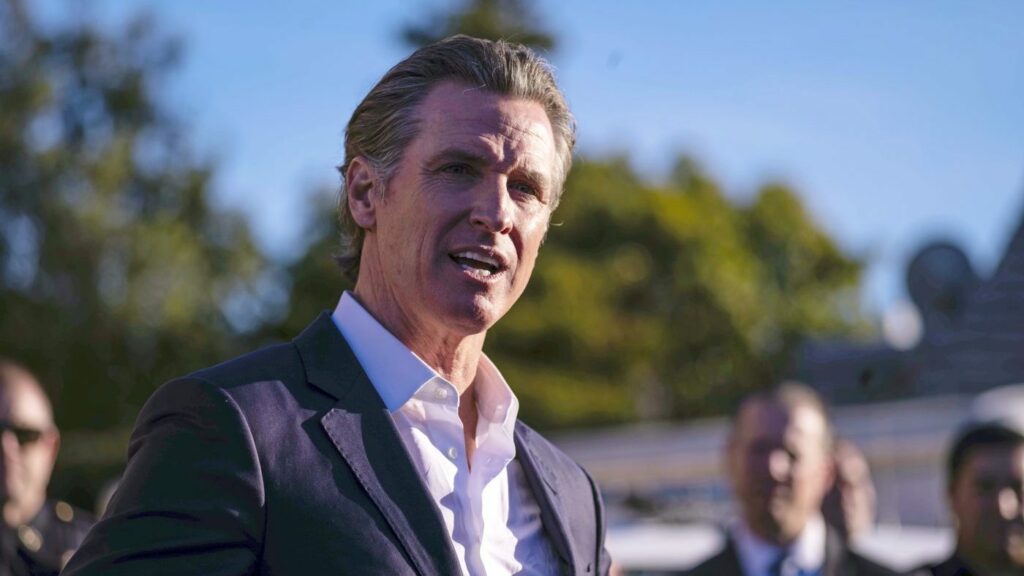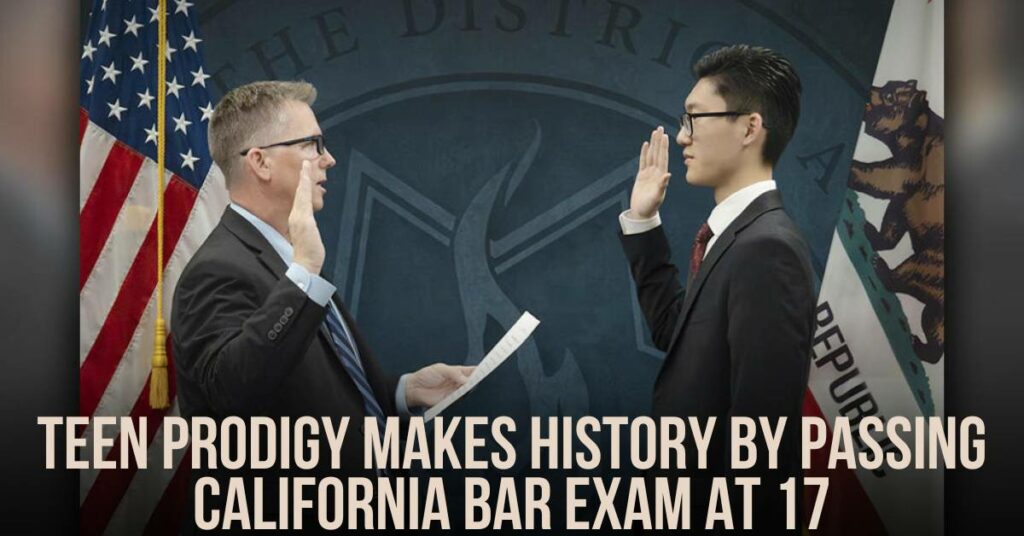Under the vigilant governance of Governor Gavin Newsom, California has set a commendable example in adopting cutting-edge driving laws and integrating advanced traffic safety technologies. These measures are strategically designed to significantly diminish the occurrence of car accidents, thereby safeguarding the state’s roadways and populace.
This proactive approach underlines Governor Newsom’s commitment to evolving California’s traffic systems through innovation and policy.
The initiatives introduced span a broad spectrum, ranging from stricter enforcement of existing regulations to introducing new, technology-driven solutions.
Each initiative is a cog in the larger machinery of the state’s traffic safety framework, functioning collectively to foster a safer driving environment.

These efforts reflect a nuanced understanding of the challenges faced on California’s diverse and busy roadways and represent a substantial investment in public safety and welfare:
- Enhanced Distracted Driving Laws: Building upon existing regulations, California has introduced stricter distracted driving laws that penalize using any handheld device while driving. These laws are enforced by high fines and potential license suspensions, aiming to deter drivers from taking their eyes off the road for any reason. Implementing this law is expected to lower the incidence of car accidents caused by distractions, which, according to the National Highway Traffic Safety Administration, account for many crashes annually.
- Automated Speed Enforcement (ASE): California has begun pilot programs for ASE systems in high-risk areas. These systems use cameras and speed detection devices to capture and ticket speeding drivers automatically. By targeting speed, a leading cause of accidents, these systems are designed to promote safer driving habits and reduce both the frequency and severity of collisions.
- Ignition Interlock Devices (IID) for DUI Offenders: California has made it mandatory for all drivers convicted of DUI to install an IID in their vehicles. This device requires the driver to perform a breathalyzer test before the engine can start. This law directly addresses the problem of impaired driving, significantly cutting down the number of repeat offenders and thus reducing alcohol-related accidents.
- Zero Emission Vehicle (ZEV) Mandate: While not a direct safety regulation, the ZEV mandate, which requires an increase in the production and sale of electric vehicles, contributes to traffic safety indirectly. Electric vehicles are often equipped with the latest driving assistance technologies, such as automatic emergency braking and lane-keeping assist, which can prevent accidents. The transition to a cleaner fleet also aims to improve air quality, reducing smog-related visibility issues that can lead to accidents.
- Real-Time Traffic Management Systems: California is expanding its real-time traffic management capabilities, using sensors and cameras to monitor traffic flow and adjust signals accordingly. This technology helps to alleviate congestion and reduce the stop-and-go traffic that can cause rear-end collisions. By managing the flow of vehicles more effectively, these systems help to minimize the risk of accidents during high-volume periods.
Each initiative, carefully curated under Governor Newsom’s administration, encapsulates a comprehensive strategy to enhance traffic safety by synergizing punitive regulations with preventive innovations. This dual approach leverages the deterrent effect of stringent laws while embracing the proactive protection offered by the latest safety technologies.
The vision is clear: to transform California’s roads into paragons of safety where the incidence of car accidents is not just mitigated but significantly reduced. This balanced blend of enforcement and technology aims to cultivate a driving culture prioritizing vigilance, responsibility, and community safety.
The aspiration behind these efforts is to see California not merely as a state with fewer traffic incidents but as a beacon of progress in traffic management and safety. With strict enforcement to uphold the integrity of driving laws and the embracement of technological aids, the hope is to foster a driving ethos that other states might emulate.
The goal is a future where advanced driving aids are not exceptional but the norm, setting a national, if not global, standard in vehicular safety and accident prevention. These initiatives are more than just policies; they are the building blocks for a legacy of safety that can endure and inspire beyond California’s borders.




